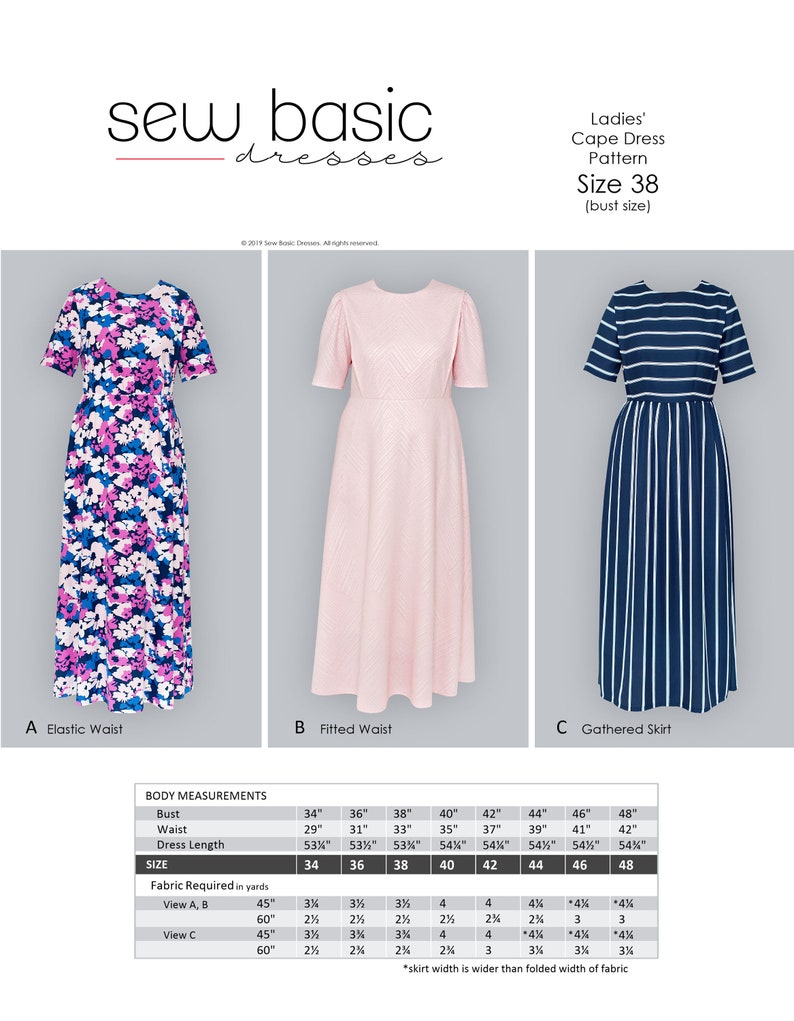
She layeth her hands to the spindle, and her hands hold the
distaff. Proverbs 31:19
For
thousands of years, providing clothing for the family wasn't as easy
as walking into the nearest store. You couldn't choose a new robe,
tunic, or pair of sandals off a rack. Your next garment was running
around the pasture or growing in the field. Women invested hours into
preparing wool, cotton, and linen for the clothing needs of their
family.
A
drop spindle could be carried in a pocket to spin wool into yarn
while waiting your turn at the well. Socks could be knitted while
chatting with friends. Flax was woven while watching the cooking pot.
Out of necessity, women's hands were not idle.
Rebekah,
like many young women through the centuries, carried water to her
home each day from the village well. This was one of those endless
tasks like sewing, laundry, and dish washing.
We
don't know if Rebekah wearied of the task of carrying water. Maybe
she was in a hurry to get back to her house to prepare the evening
meal. When Abraham's servant stopped her and asked for a drink, we
know that she willingly offered, not only a drink, but to draw water
for ten parched camels.
She had no obligation to this stranger. By
his obvious wealth, she could have assumed he could afford to hire
help. In fact, he had men servants traveling with him, and maybe he
could have ordered them to draw water for the camels. Yet she served
in the most basic human way possible; she gave a drink of water.
If
people share your house, especially little people, many tasks, such
as dish washing and laundry are never completed for more than a few
minutes. I often feel unappreciated and grumpy when faced with the
monotony of unending, unappreciated tasks. My desire to multitask and
use my minutes wisely sometimes drives me to push people and their
needs out of my life.
Sometimes
I want to choose the way I serve. I desire to do something important
with eternal value. Sharing a Bible lesson at the detention center
seems like a higher, more godly form of service than making breakfast
or mopping the floor. But we will never know the result of our
faithful performance of mundane tasks. Watering camels was the step
that put Rebekah in Christ's earthly lineage. “And whatsoever ye
do, do it heartily, as to the Lord, and not unto men;” (Colossians
3:23)
Rebekah
carried only a water pot. And God used it. God often uses our gifts,
interests, and skills to bless others. What is in your hand? A whisk,
a dishcloth, a pen, a needle? You might not have the same gifts as
your sister but never underestimate the power of a prayer, an
encouraging word, a short note, or a simple meal.
We may think we
don't have much to offer, but we all have ways to serve if we are not
worried who gets the credit, who could do it better, or whether it is
important.
Serving
requires joy, or it will feel like slavery. When I drag myself out of
bed for the third time in the same night, I don't feel like singing.
When I sew a dress for my daughter, and she rips the hem the first
time she wears it, I show my displeasure. Rebekah willingly drew many
gallons of water for a stranger’s camels, and they didn't smile
sweetly and say “thank you.” Service given grudgingly or with
expectation of appreciation robs me of the blessing of serving.
The
reward for our busy hands does not often show up in valuable jewelry
as it did for Rebekah. But God gives recognition for our diligence in
His time.
“Knowing that of the Lord ye shall receive the reward of
the inheritance: for ye serve the Lord Christ.” (Colossians 3:24)






















